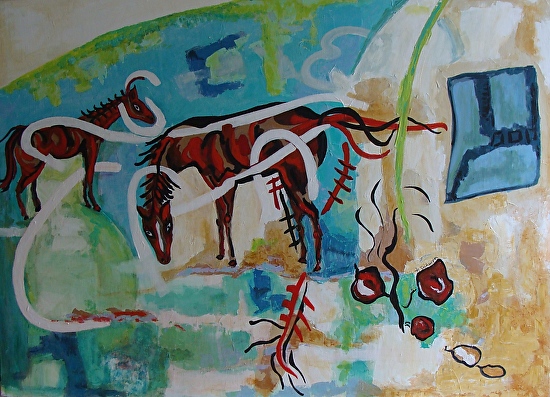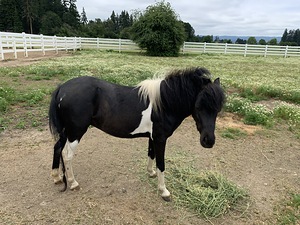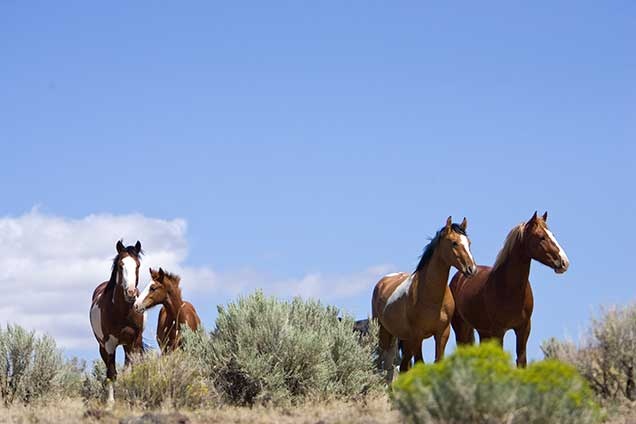
Now that I’m a better writer, I’m reediting my first book “Lives of Museum Junkies.” This week I read the section titled, “The Happiness Business: Playful Learning is Good.” The following two paragraphs are from the chapter.
“What is the secret of life? This question is an easy one for me to answer, happiness, of course. I am not talking about the giddy-happy feeling you might get by winning the lottery but rather a calm-happy, having a general sense of well-being. The Greeks described happiness as the joy we feel moving towards our potential. They saw it as a process and not an end in itself.
“Museum professionals are in the happiness business, parents are in the happiness business, and managing life puts you in the happiness business. In an article in the Huffington Post, Carolyn Gregoire reported on a seventy-five-year-old Harvard study that looked at the secrets to having a fulfilling life. The characteristic people identified as most important to their well-being was love, with happiness a close second. From joy we get a sense of satisfaction that comes from connections and challenges. Without supportive, loving relationships people aren’t, happy. And though they may seem important at the moment, acquiring more money and power doesn’t correlate to greater happiness in the long run either. In terms of achievement, the only thing that matters is that you be content at your work. The more ways you can make connections, the better off you will be. What the study said may seem obvious, but as the article said, ‘It doesn’t make it less true.’
After reading what I wrote several years ago, I decided, in was time to practice what I preach and get happy in the time of COVID. I needed to stay connected with nature so out I went and got in my Subaru. Heading west to back country roads I traveled without a destination in mind.It wasn’t long before I passed tilled fields with plants sprouting like soldiers in manicured rows. My spirits rose and I felt my heart quicken.


I came to an abrupt halt before a particularly lush farm planted with nut trees on one side of their driveway and grape vines on the other. Deciding to turn in, a workman stopped his tractor to tell me to say I was at Scholls Valley Lodge, a pat of the Vail Family Farm that couples book for weddings. Unfortunately, I was told that five June bookings were canceled because of the virus and the reservations remainder of the summer were bleak. He invited me to tour the grounds that looks out over rolling green hills. I’ll keep the place in mind for the next celebratory occasion.
Across the way was an alpaca farm. I pulled into their parking lot and got out to study about fifty animals in a fenced in meadow. Quite a few were newly born alpacas feeding alongside their moms. They walked on spindly legs and stared at me curiously with their big dark eyes.
A mile down road was a horse farm that specialized in breeding mini-horses originally brought to the Americas from England. People purchase these gentle animals for pets and for show. The horses are quite strong for their size and can pull a small cart four times their weight, but as with many miniature species, they have health issues caused by selective breeding.
They certainly were different from the wild Mustangs I saw when traveling through the Steen’s Mountain several summers ago. There were no fences to corral the herd as it roamed through vast wilderness tracts set aside for their use. Scientists believe that the ancestors of today’s horses evolved in North America 3.5 million years ago. You can see their skeletal remains in the Thomas Condon Paleontology and Visitor Center in the John Day area in Central Oregon. They became extinct at least 11,000 years ago, and it wasn’t until the early sixteenth century that Spanish explorers and missionaries reintroduced horses into the American West. Within a hundred years, wild horses again populated the plains. Modern breeds eventually diluted or replaced most of the Spanish strains. Today BLM manages 17 areas with an estimated 4,682 wild horses and 49 wild burrows roaming near the Steens. They are a site to see.
Oregonians have a beautiful state worthy of exploring. City folk are fortunate to be able to leave their homes and in a half-hour be on open country roads. An afternoon is all that it takes to return home with a light step and a twinkle in your eyes.
What makes you happy? Do share some of the things you are doing during the age of COVID to keep a smile on your face. Add it to my BLOG SITE below so others can read what you have to say.
References:
Gregoire,C.(2013) The 75-Year Study that Found the Secrets To a Fulfilling Life. Huffington Post.retrieved from https://www.huffpost.com/entry/how-this-harvard-psycholo_n_3727229
Wild Horses in Oregon. The Oregon Encyclopedia. Project of the Oregon Historical Society. retrieved from https://oregonencyclopedia.org/articles/wild_horses_in_oregon/
Art is always for sale: contact me at marilynne@eichingerfineart.com to discuss shipping.
Grazing / acrylic on cavas / 52” x 60” / $1300


